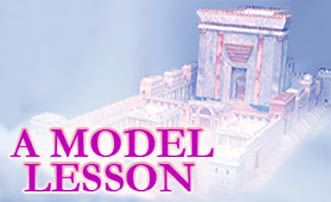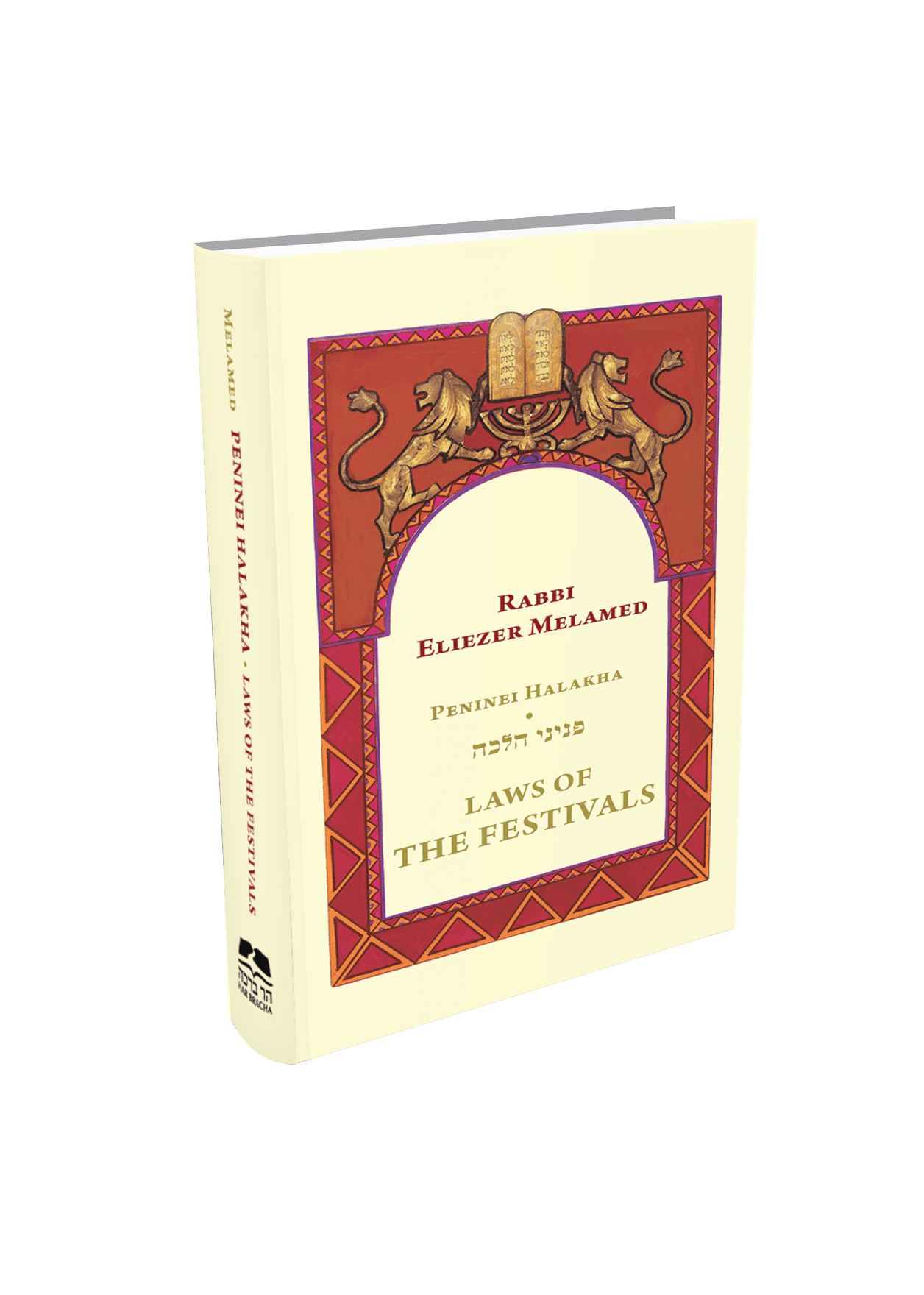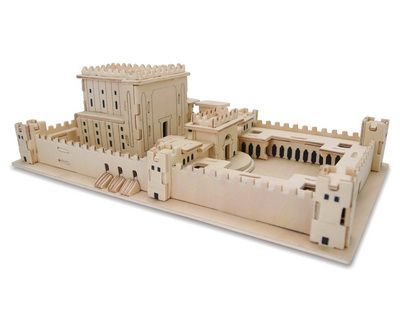
The Tragedies of Tisha B’Av
Down through the centuries, numerous tragedies occurred on Tisha B’Av.

The following tragic events took place on the ninth of Av, Tisha B’Av.
The Sin of the Spies
The spies returned to the People of Israel in the wilderness to discourage them from going up to Canaan (Shemot 13:14). Because the Israelites were so easily dissuaded, and so greatly lacking faith in God, they were forbidden to enter the Promised Land and destined to wander for forty years until that generation had passed away.
The First Temple Was Destroyed
In the year 586 BCE, during the reign of King Tzidkiyahu, the first Holy Temple was razed by Nebuzaradan, the general of Nebuchadnezzar, King of Babylon. The First Temple was destroyed because the Jewish people had consistently violated three major prohibitions: idol worship, murder, and forbidden sexual relations.
The Second Temple Was Destroyed
In 70 CE, the Romans, under the leadership of Titus, destroyed the Temple which had been rebuilt more than 400 years before by Ezra and Nehemia. The traditional reason given for the destruction of Second Temple is sinat chinam, baseless hatred.
Although a period of religious revival was at hand, there was much infighting among the Jews. Instead of focusing on their common enemy — the Romans — the Jews demeaned their co-religionists and made false accusations against each other to the Romans.
Kamtza and Bar Kamtza
The Talmud amplifies the level of sinat chinam with the powerful story of Kamtza and Bar Kamtza. One day a wealthy man had a party and instructed his servant to invite his friend Kamtza. Mistakenly, the servant invited Bar Kamtza, his master’s enemy. When Bar Kamtza arrived, thinking perhaps all was forgiven, the host was enraged and demanded that he leave. Not wishing to be embarrassed, Bar Kamtza asked if he could stay and offered to pay the cost of the meal…half the party…the whole party, but the host refused and had Bar Kamtza ejected, disgracing him in front of everyone present, including many sages. Bar Kamtza was so irate that he went to the Emperor and told him that the Jews were planning to rebel. To prove his contention, he told the Emperor that the Jews would not accept a sacrifice sent by the Emperor. The Emperor then sent a young calf to the Temple, but on the way, Bar Kamtza blemished the eyelid of the cow, rendering it invalid as an offering. After much debate, the rabbis decided that they could not accept the blemished calf. The Emperor’s fury eventually led to the complete destruction of Jerusalem.
The destruction of both the first and the second Holy Temples were among the greatest tragedies suffered by the Jewish people. While the Temple stood, God’s presence rested in Jerusalem and the Jewish people had a tangible sense of the Divine Presence.
The Bar Kochba Rebellion Was Crushed
After the Temple was destroyed, some Jews were exiled, while some fled to other parts of Israel. An attempt was made to overthrow the Romans. The Jews were led in their revolt by the great Jewish general, Bar Kochba. On Tisha B’Av, in the year 135 BCE, the revolt was crushed and the city of Beitar, Bar Kochba’s last stronghold, was destroyed, resulting in the slaughter of thousands.
The Site of the Temple was Ploughed Over
Turnus Rufus, a Roman General, ploughed over the site of the Temple and the Romans began to rebuild Jerusalem as a pagan city known as Aelia Capitolina. Their goal was to eradicate Jerusalem from the memories of the Jews, making them easier to subjugate.
The First Crusade
In July of 1095, Pope Urban II began a preaching campaign to rally the people to battle to recapture the Holy Land, thus unifying Christendom. As the excitement spread and bands of unruly Crusaders gathered throughout Western Europe, the Jews, so easily at hand, became their first victims.
The Expulsion from England
In July of 1290, the Jews were expelled from England. All of their property was seized by the King. The expulsion was the culmination of pogroms and blood libels that had been common occurrences in medieval England.
The Spanish Expulsion
In 1492, King Ferdinand and Queen Isabella ordered all Jews to either convert to Catholicism or to leave Spain. The Spanish Inquisition, by which the Spanish monarchs were determined to create a completely Catholic country, had been raging for nearly one hundred years. Any professing Jew not gone from the country by July 30, 1492, Tisha B’Av, would be put to death. In Spain, Portugal, and their respective holdings, the Inquisition continued for centuries against converts suspected of still practicing Judaism. For those Jews who fled, it was the beginning of a period of continuous upheaval.
The First World War
On August 1, 1914, Britain and Russia declared war on Germany, officially starting World War I. While World War I brought starvation and devastation to all of Europe, the true scope of the destruction of World War I would only be realized two decades later. As historians point out, the unacceptable resolution of World War I was a direct cause of the world-wide economic depression of the 1930’s which gave rise to the Nazi’s and World War II. The opening date of World War I, therefore, can also be tied to the horrific events that followed a few decades later.
The Warsaw Ghetto Liquidation
In 1942, two years after the creation of the Warsaw Ghetto, the Nazis began the liquidations of the Ghetto by transporting the Jews to the Treblinka death camp to be murdered. Between July and September 1942, nearly 300,000 Jews were put to death.
The list, unfortunately, could continue with many smaller calamities. [Editor’s Note: For example, the AMIA bombing of the Jewish Community Center in Buenos Aires, killing 85 and injuring 300 on 10th of Av, 5754 (1994). Another example, the 2005 Israeli disengagement that dismantled 21 settlements in Gaza and 4 settlements in Samaria, expelling almost 8,500 Jews from their homes.]











